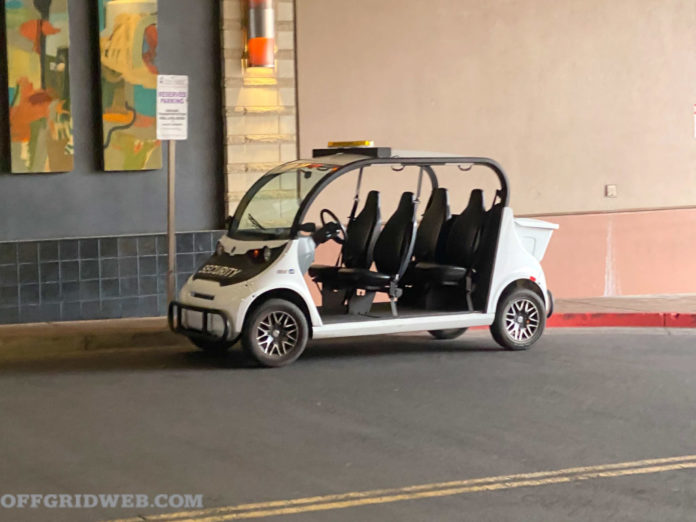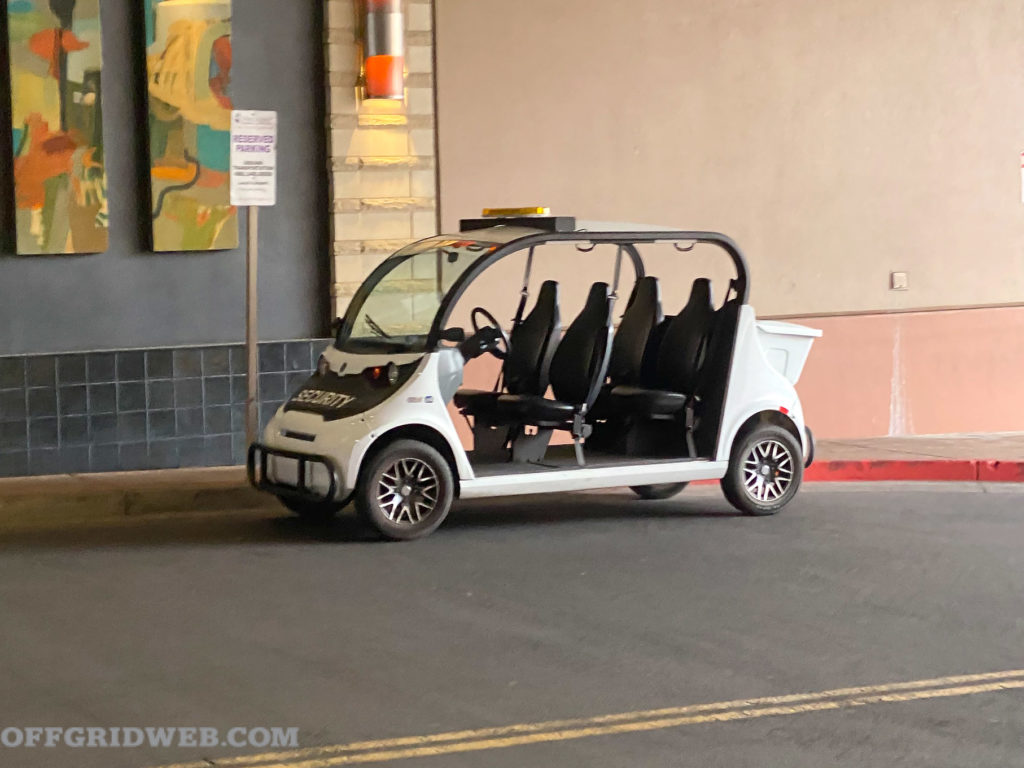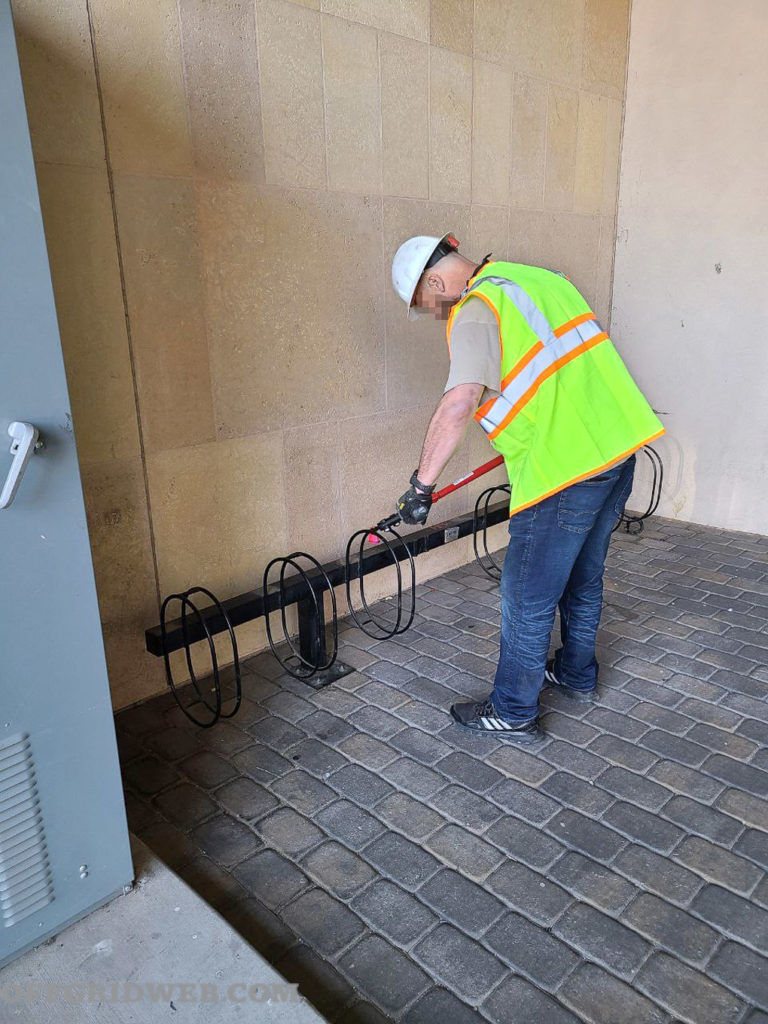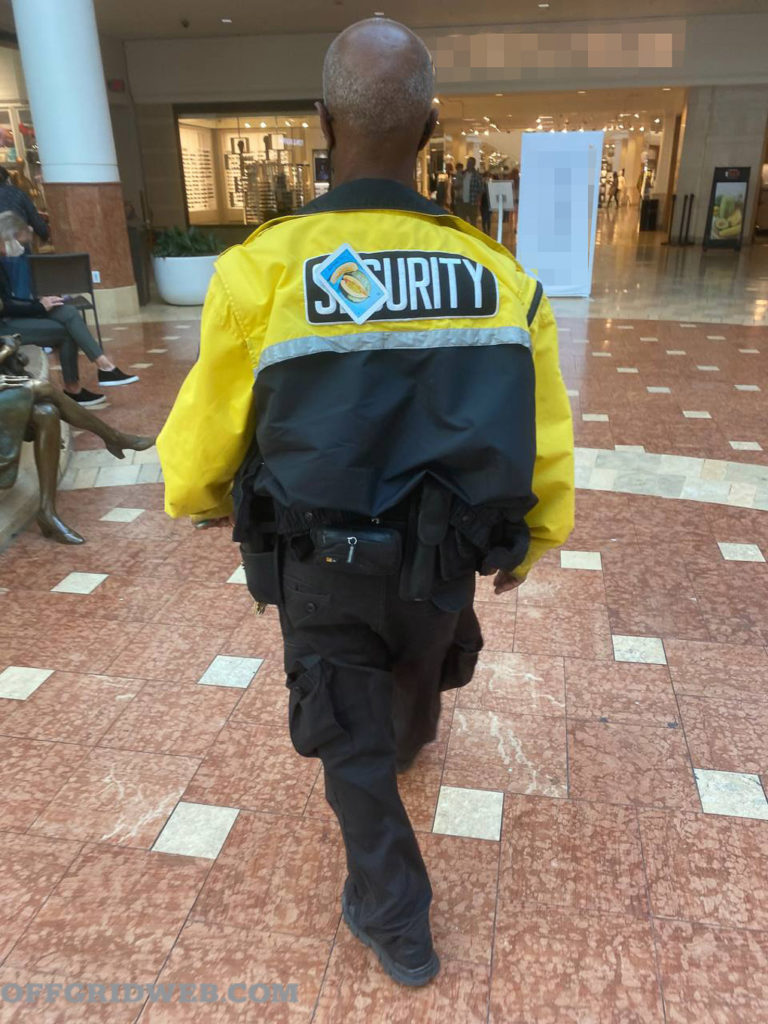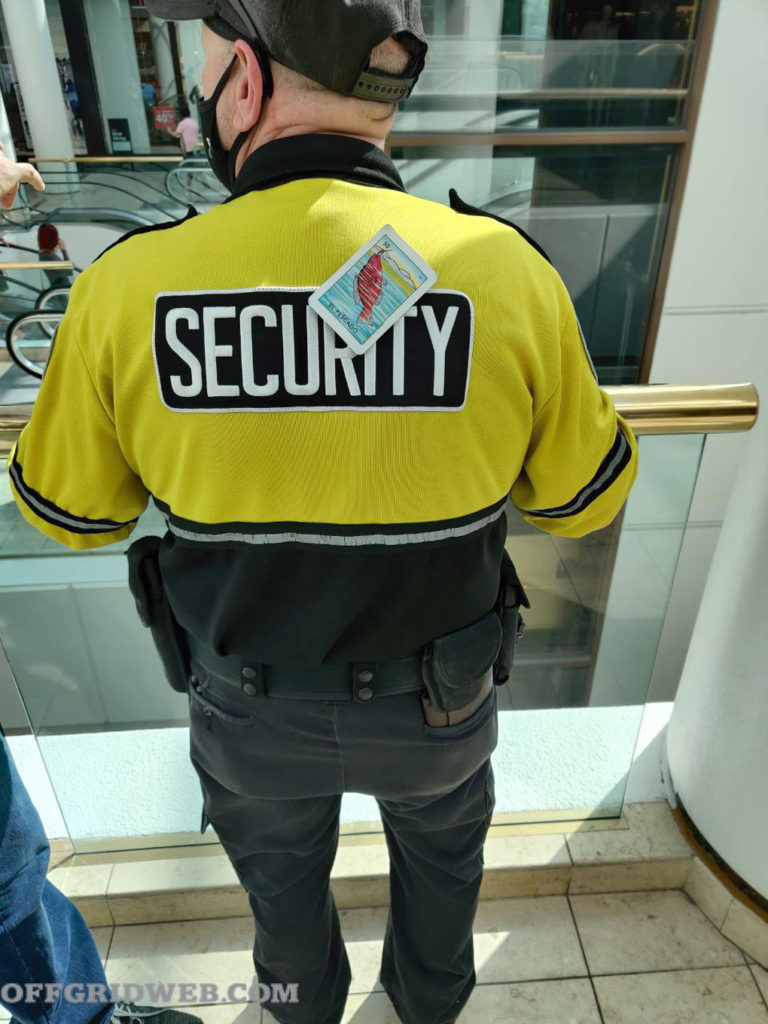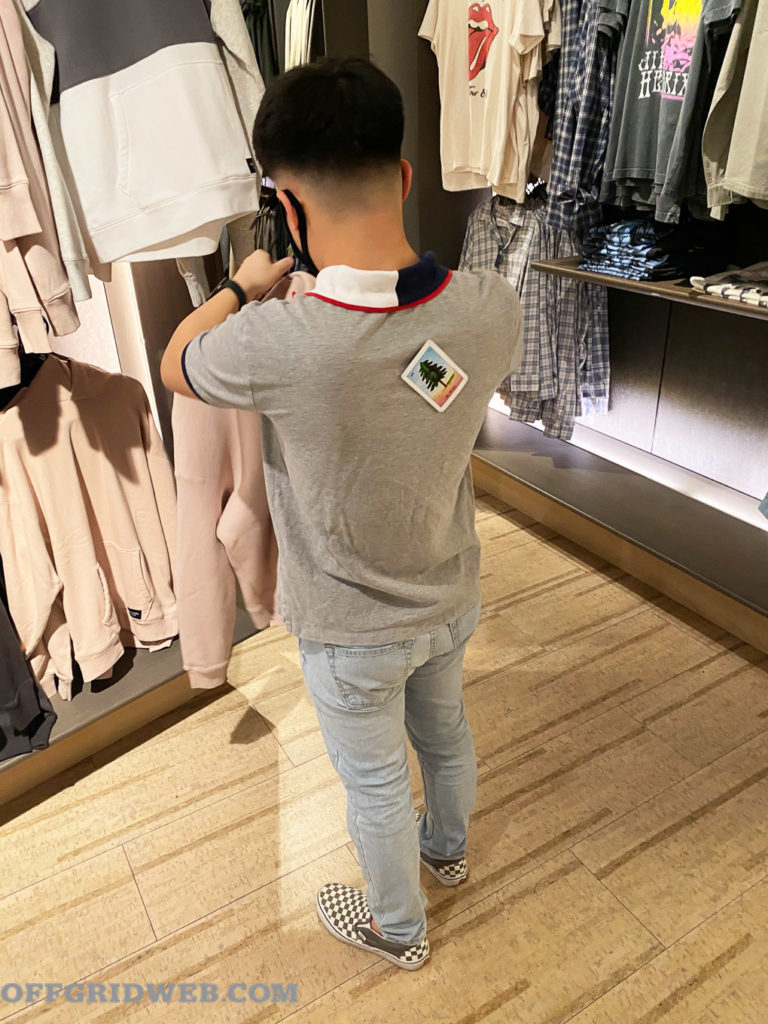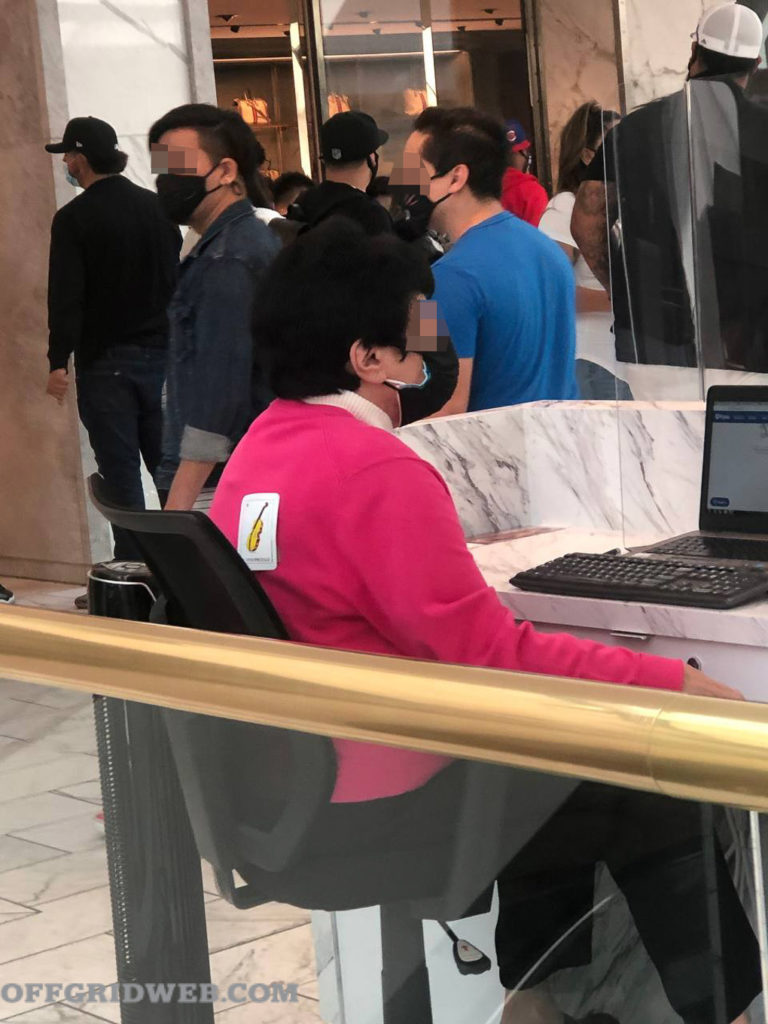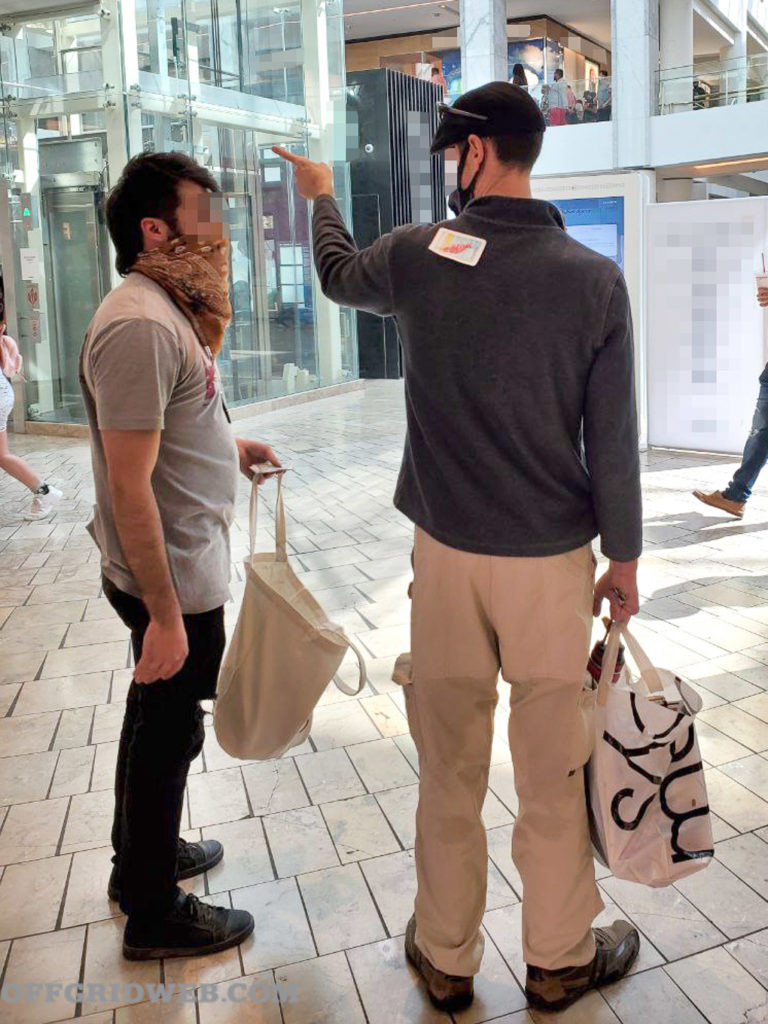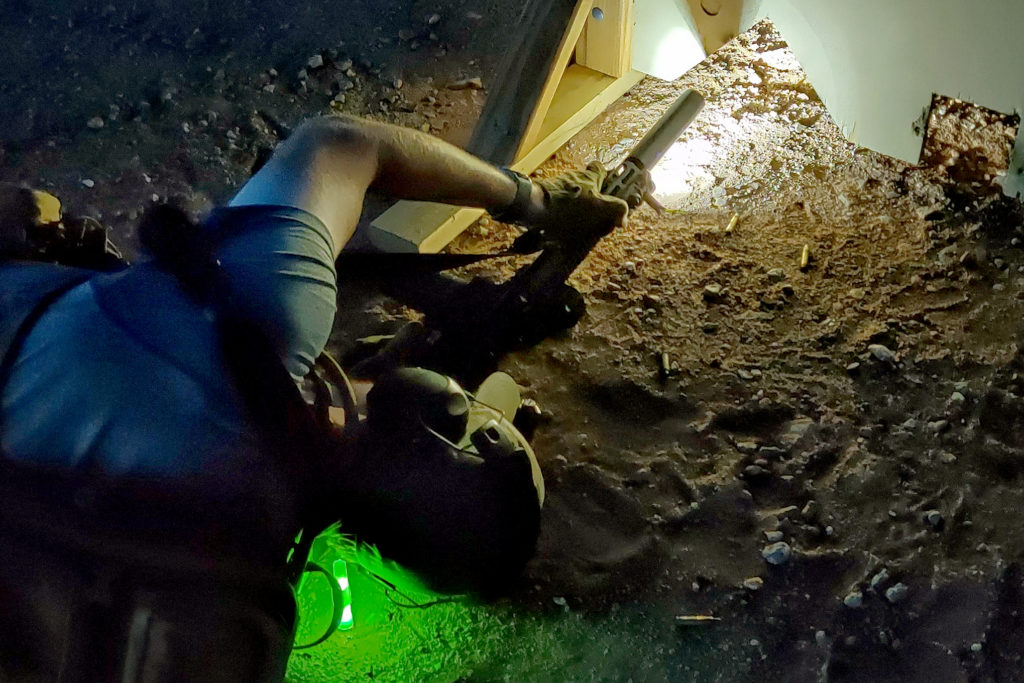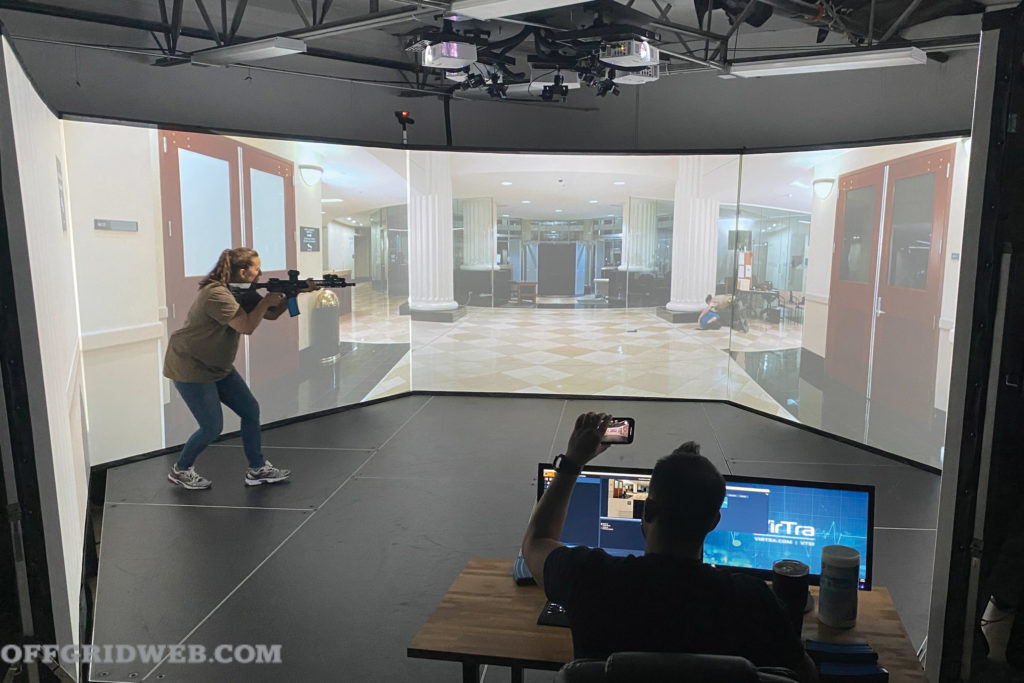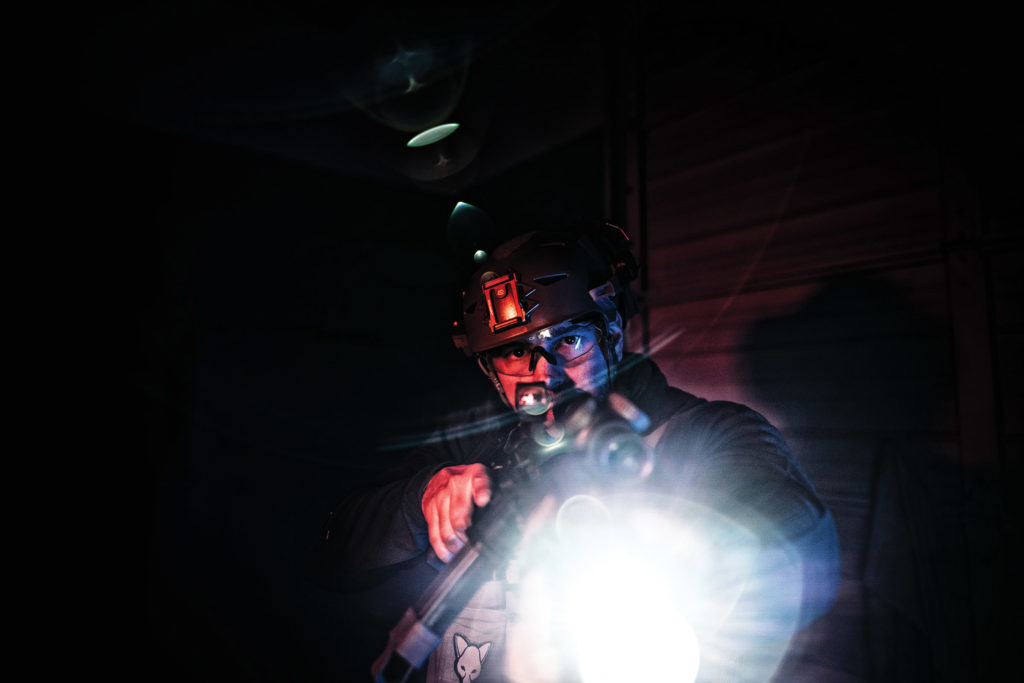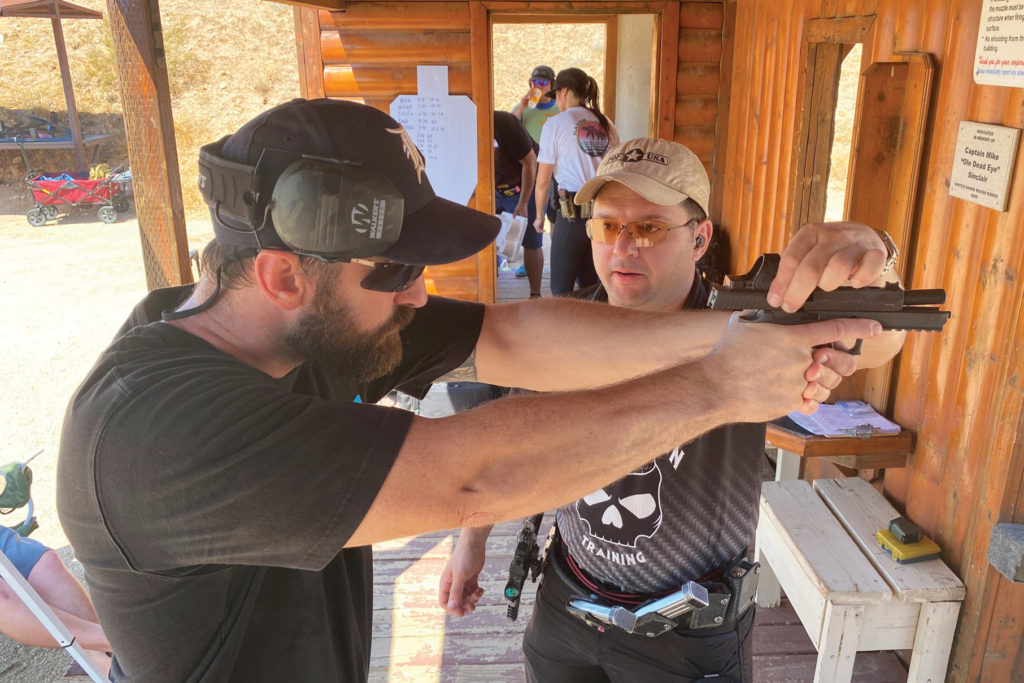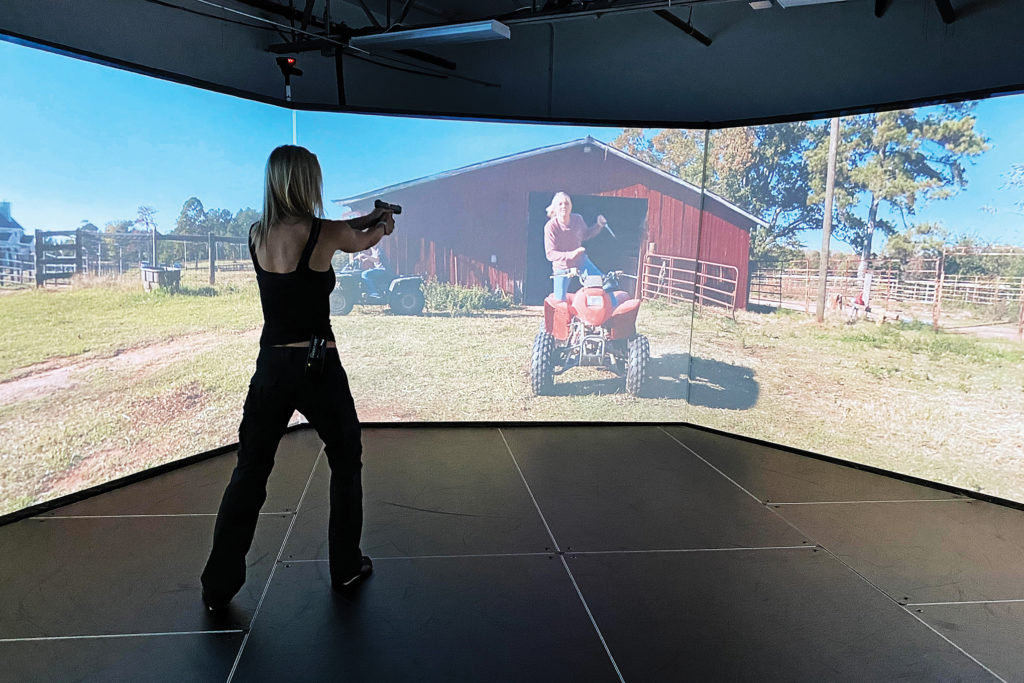Exploitation is a word that carries a negative connotation — to take unfair advantage of circumstances, using every available resource for selfish gain. But when it comes to survival, there’s no denying the effectiveness of this ruthless approach. Those who lie, cheat, and steal sometimes come out on top, at least in the short term. This is the dark side to survival, and it’s one we sincerely hope you never have to experience. Urban Movement is about navigating the concrete jungle through the eyes of a predator.
Anywhere humans gather, you’ll find masters of exploitation. They’re skilled manipulators who can blend seamlessly into polite society. One might be wearing a suit and tie as he approaches with a charming smile and friendly demeanor. Another might be clad in filthy rags, begging for a moment of your time and an ounce of charity. Either way, they’re not what they appear to be. They’re deliberately playing a character to achieve a desired result. If you fail to recognize these wolves in sheep’s clothing and understand their tactics, you’ll be easy prey.
As with many of the skills discussed on OFFGRIDweb, the purpose of learning the art of exploitation isn’t to equip you to victimize others — it’s to equip you to defend yourself and your loved ones against it. Use your knowledge responsibly.
Above: On the first day, we discreetly assessed risk factors in the environment, including cameras, security personnel, and anything that might obstruct entry/escape routes.
Urban Movement
In order to learn the challenges of countering predators in an urban environment, we attended Ed Calderon’s two-day Urban Movement class. It covered the following objectives:
- Increased awareness
- Recognition of criminal indicators
- Urban resource identification and exploitation
- Modern fieldcraft (i.e. building tools and manipulating your surroundings)
Calderon based the curriculum on lessons he learned firsthand while growing up and working in one of the world’s most dangerous cities: Tijuana, Mexico. He explained that by practicing these skills in a realistic manner, students will walk away with a type of “scammer sixth sense” that lasts a lifetime. It’s an invaluable early warning system for impending danger, whether you’re in your own hometown, a major city, or a foreign country.
Scenario & Objectives
The Urban Movement class began with a discussion of theory, but that’s not the focus of this class — the real learning happens in the world outside the classroom. In our case, we’d be practicing exploitation skills in and around a large shopping mall.
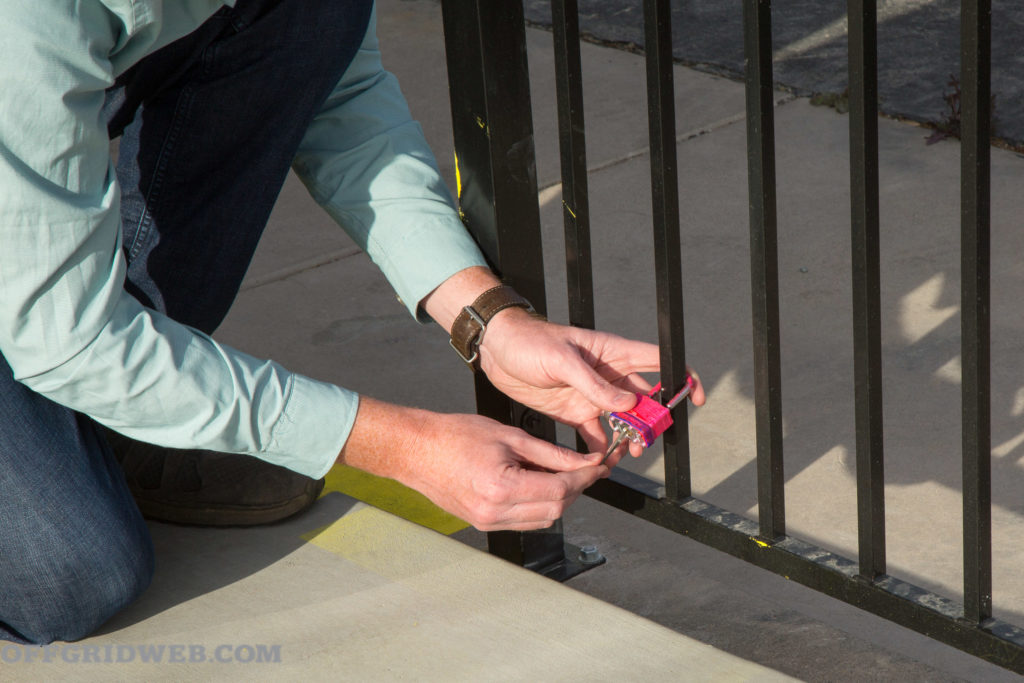
The Urban Movement class was split into teams, with each consisting of approximately five students. Our objectives were as follows:
1. Find and retrieve 12 pink padlocks hidden throughout the environment. Locks that were removed without damage (picked or shimmed) were worth two points; locks that were broken were worth one point. All locks were purchased and placed by the instructors, and spray-painted pink so that we didn’t inadvertently pick a lock that belonged to someone else.
2. Collect as much cash as possible through panhandling. At the end of the Urban Movement class, all money students obtained was donated to charity.
3. Convince a stranger to allow you to use their cell phone. Each call our instructors received from a new number earned our team an additional point.
4. Stick a Loteria playing card to a stranger while remaining unnoticed. This wouldn’t be as simple as placing a card on someone’s back in a crowd — students were also required to obtain the name of each “carded” stranger, and provide video or photographic proof of the card being attached. Teamwork was necessary.

Although we were careful not to break any laws, these activities could still lead to some real-world consequences from mall security or bystanders. The stakes were high, and none of us wanted to find out what would happen if we got caught red-handed.
Cover Story
“Always have a cover story,” Calderon says. In nature, the rattlesnake’s skin matches the dry brush that surrounds it. The praying mantis sways like a leaf in the breeze. The angler fish displays what appears to be a tasty morsel ready to be eaten. Each of these is a deceptive behavior used to misdirect other predators and lull prey into a false sense of security. But this same tactic can also be used in potentially dangerous situations to avoid confrontations altogether. Passing through a part of the city with ongoing protests about wealth disparity? If you’re armed with a “little white lie” (cover story) about visiting your elderly grandmother at her nursing home, as opposed to going to your job at a big investment firm, that could be enough to completely avoid harassment (or worse) without having to actively defend yourself.
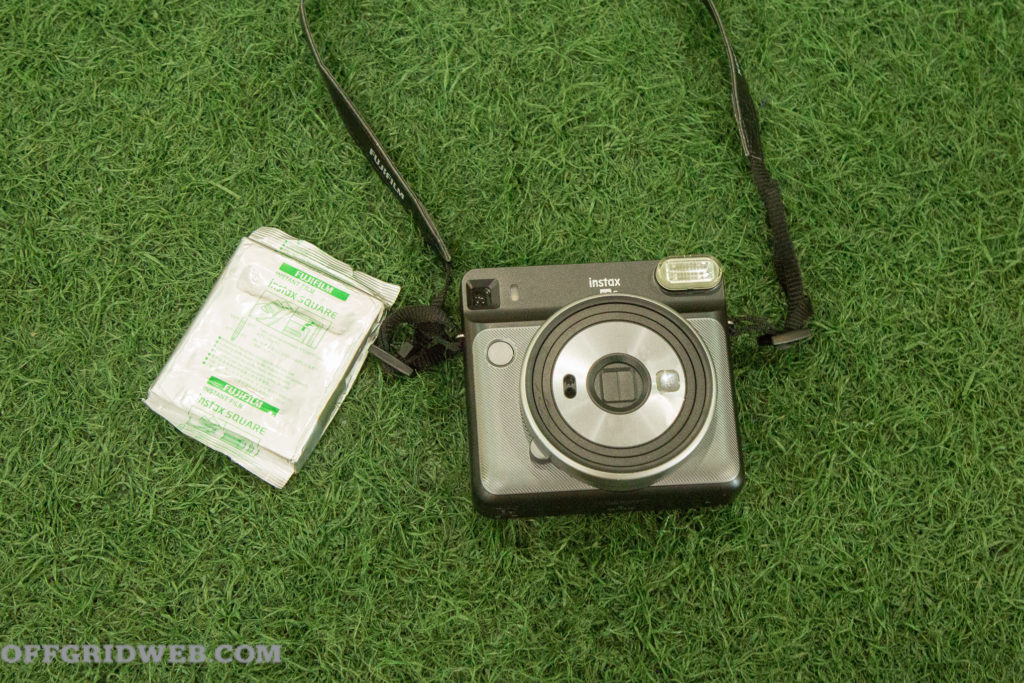
Creating an effective cover story requires creativity, confidence, and acting skills. You’ll need a thorough knowledge of your environment, because offering a cigarette is a great way to start a conversation in some places, but it’s completely ineffective in others.
Emotional manipulation is a key factor that can be used to draw in bystanders and break down their defenses. This is why so many panhandlers appear with children, dogs, crutches or wheelchairs, religious phrases, and patriotic imagery — whether they’re genuinely in need of help or simply pretending, these elements play on our emotional heartstrings and drown out logical concerns. If you find yourself in need of assistance, having a bit of emotional intelligence and understanding the cues and dynamics that make people sympathize could decide whether you get help or a cold shoulder.
On the flip side, aversion or disgust can be used to repel bystanders and avoid unwanted attention. Calderon said that when he was surveilling cartels on the streets of Tijuana, he would dress in shabby clothes, wear no deodorant, and avoid bathing for several days. Once passersby could smell him before they saw him, they’d automatically avoid him — it was as if he had become invisible. Many survival and self-defense instructors preach about being a “hard target” — looking like you’ll put up too much fight to be worth a bad guy’s effort. Calderon’s aversion philosophy turns this paradigm on its head. Instead of looking like a hard target, how about looking like not-a-target? Why bother trying to rob a guy who clearly has nothing to take?
Day One: Target Acquisition & Surveillance
In order to exploit an environment, you must know it inside and out. As Calderon put it, “Having a gun doesn’t make you armed and dangerous, just like having a plane doesn’t make you a pilot.” Preparation is essential — from a criminal perspective, this is often referred to as casing a target.
Case the Joint
If the thought of “casing” a place feels off-putting, consider that all you’re doing is establishing a local baseline — a topic we’ve discussed repeatedly in the context of situational awareness. Take note of all the typical activity during normal circumstances. In the context of an upscale shopping mall, this could include the type of shops in the area, cars on the street, pedestrian traffic, typical attire, and so on. Identify the eyes in the environment — security personnel, CCTV cameras, and observant bystanders. Pay special attention to anyone who appears hyperaware of their surroundings. These individuals are likely to be either protectors (law enforcement, security, and prepared citizens) or predators. Context will help you separate the two groups and ascertain who to avoid and who you can turn to for help.
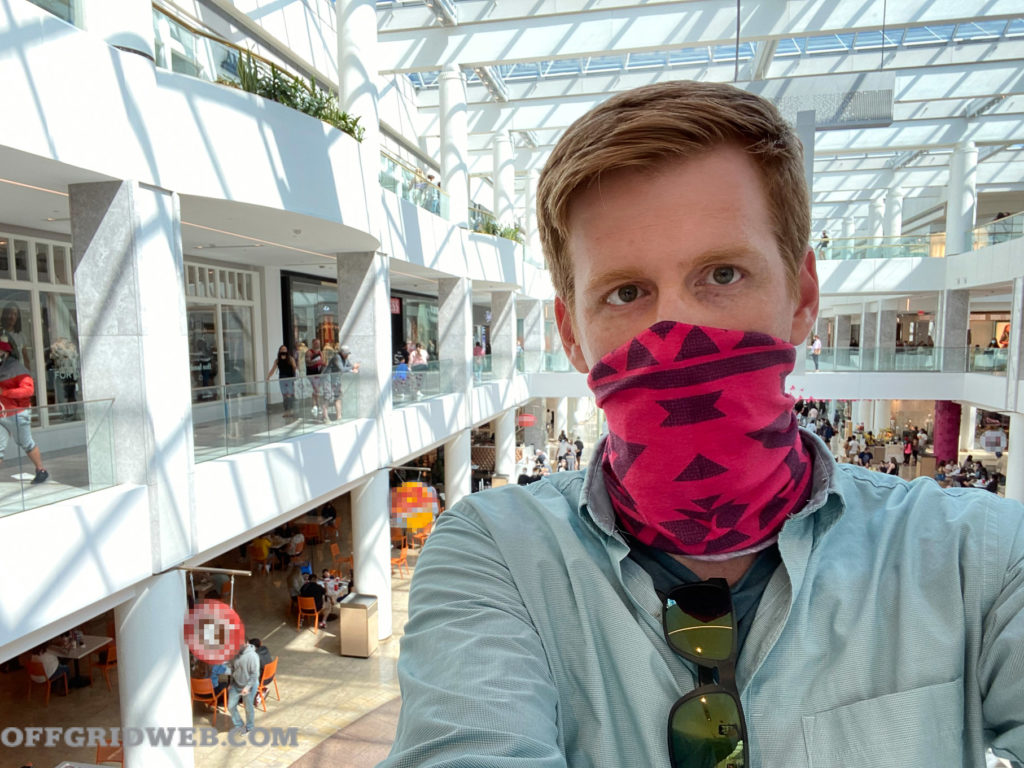
It’s also important to take note of entry and exit points, as well as the locks attached to them. In class, we went so far as drawing a map and noting which routes in and out of the area would be our primary, secondary, and tertiary options. Calderon discussed using “the way of the rat” and “the way of the bear” — the former might involve stealthily picking locks, while the latter might mean throwing a chair through a window. There are scenarios where each may be necessary.
Some casing can be done remotely. Check a venue’s website for maps and information about security — both were readily available on the mall’s site. Look at social media pages for busy days/times, upcoming events, and recent photos tagged in the target location. Google Street View is another excellent tool for remote casing, but keep in mind that its images may be several years out of date, or not representative of the time you’ll be moving through the environment. For the most accurate information, you’ll need boots on the ground.
Each five-person team spent about two hours systematically walking through the mall and recording valuable information via mental notes, text messages, photos, and videos. This included good hiding places where our target locks might appear, high-value spots for panhandling, uniformed and plainclothes security guards who might interrupt us, and choke points where we could “card” someone and walk away without being noticed. We returned to the Urban Movement classroom to share our findings and build a “mosaic” of all the data we collected.
Follow the Rabbit
One additional objective during the surveillance stage was to find a “rabbit,” a nickname derived from the skittish character in Alice in Wonderland. This was a specific individual — a complete stranger, chosen at random — who could be “researched” via open-source intelligence (OSINT) techniques, based on information provided in idle chitchat. This is a technique commonly used by all sorts of people for a laundry list of nefarious purposes. Criminals use it to assess your material value or net worth for robbery or kidnapping. Aggressive social media “activists” use it to “dox” people who oppose their cause. At the time this article is being written, during the rapid fall of Afghanistan, the Taliban are using these methods to locate and hunt down fellow countrymen who supported U.S. and NATO efforts against them.
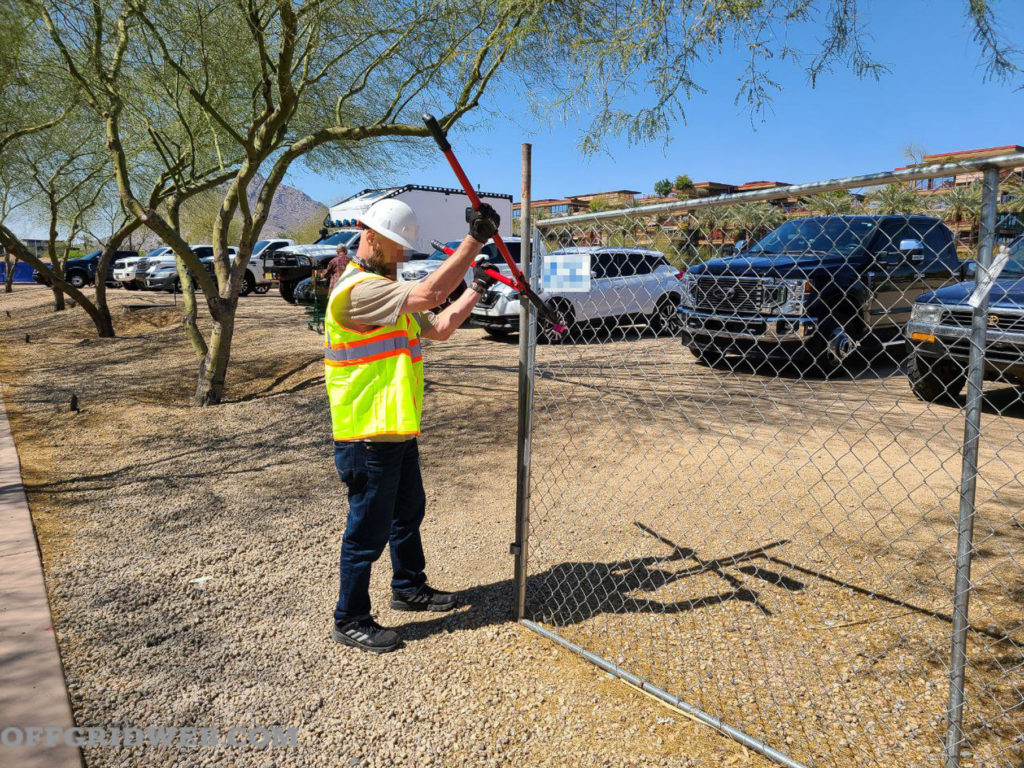
In our case, one member of our class found a young man working at a kiosk in the center of the mall and started up a conversation with him. After a few minutes, the man happily provided his name and Instagram handle, which served as a gateway into his personal life. We learned the part of the city he lives in, where he went to school, how long he had been working this job, his favorite sports team, the type of car he drives, and even found a few rap tracks he posted on SoundCloud. While we want to stress strongly that absolutely nothing was done with the information we found, the exercise was a somewhat unsettling demonstration of how easy it is to collect large amounts of personal data with very little to start with, and just how vulnerable the digital age has made us to human predators.
Day Two: The Operation
After a good night’s rest, we returned to the Urban Movement classroom prepared for our operation. Students dressed to match their teams’ plans. Some went for a non-threatening church group appearance — clean-shaven, with neatly combed hair, khakis, and pastel-colored button-down shirts. Others looked disheveled, with wrinkled clothing and messy hair suggesting homelessness. A few disguised themselves in high-visibility vests and hard hats to imply that they were working on a construction crew. Props were also incorporated — smashed cell phones, cameras, donation jars, and official-looking clipboards with sign-up sheets.
Our team decided to primarily focus on fundraising, assigning three individuals to this task. Two members staked out the top of an escalator, looking for targets who might be easily persuaded to part with a few dollars. These well-dressed members politely approached strangers and asked for donations for a charitable cause, while a third student in plainclothes scanned the area for mall cops and anyone else who might tell us to get lost.
Above: Students cautiously placed cards on a variety of people at the mall, including shoppers, employees, and even two oblivious security guards.
Meanwhile, one of our Urban Movement team members with lockpicking experience walked the perimeter searching for hidden pink locks. Awareness was critical, both to find the locks and to keep an eye out for anyone who might be watching us remove them. The final member, a young woman, looked for individuals who might be willing to allow her to borrow a cell phone.
After spending about an hour and a half on these tasks, we all reported back to the food court to collaborate on the final phase: carding. We picked a sales associate in a department store as our mark. One member of the group approached to ask innocuous questions about products, while another brushed by behind the associate to place the card on his back. A third person discreetly took photos from a nearby aisle, while the remaining two acted as lookouts. After the card was placed, the point man said, “I’ll come back later. What’s your name so I can give you credit for the sale?” Immediately after this, we all split in different directions before anyone could notice what happened.
The Results
Our Urban Movement team was able to successfully place one Loteria card, but an attempt to place a second proved unsuccessful since the next store was too busy and we couldn’t isolate an employee.
After returning to the classroom, we determined that we had made three phone calls — our female teammate was able to elicit sympathy to accomplish this task. Aside from that, our results weren’t so good. Despite our best efforts, mall patrons proved to be reluctant to donate any money, and our fundraising efforts only brought in a few dollars. Even for extroverts, it’s uncomfortable to ask strangers for cash, especially after several rejections. If you’re not experienced in face-to-face social engineering skills, don’t expect to be successful.
The most efficient panhandler gathered more than $30 by setting up on a street corner with a cardboard sign that said “27 days homeless, please help.” However, it came at a price — he got spit on by a pedestrian who told him to go get a job.
As for the pink locks, our team didn’t see a single one. It turns out one of the other teams (the aforementioned hard-hat and high-vis-vest-wearers) immediately did a lap of the mall with a large pair of bolt cutters and cut off most of the locks. Plenty of people saw them, but thanks to their uniforms, nobody questioned their behavior. The remainder were found and picked or shimmed by other teams. A few students were even helped by total strangers who wanted to join in the fun.
It Takes One to Know One
“Black magic is weaponized psychology,” says Calderon. An expert manipulator is as clever and convincing as a magician, but leaves a wake of victims who couldn’t figure out his trickery. These criminals don’t receive training from the CIA, graduate from SERE school, or take classes from well-known instructors. They hone their craft through drug deals, gang connections, prison time, and a hard life on the street. For them, exploitation is a fact of life.
Although you can’t (and would never want to) directly replicate that experience, the best way to understand it is to get a small taste of it. Back in 1643, Japanese swordsman Miyamoto Musashi wrote this:
“Do not sleep under a roof. Carry no money or food. Go alone to places frightening to the common brand of men. Become a criminal of purpose. Be put in jail, and extricate yourself by your own wisdom.”
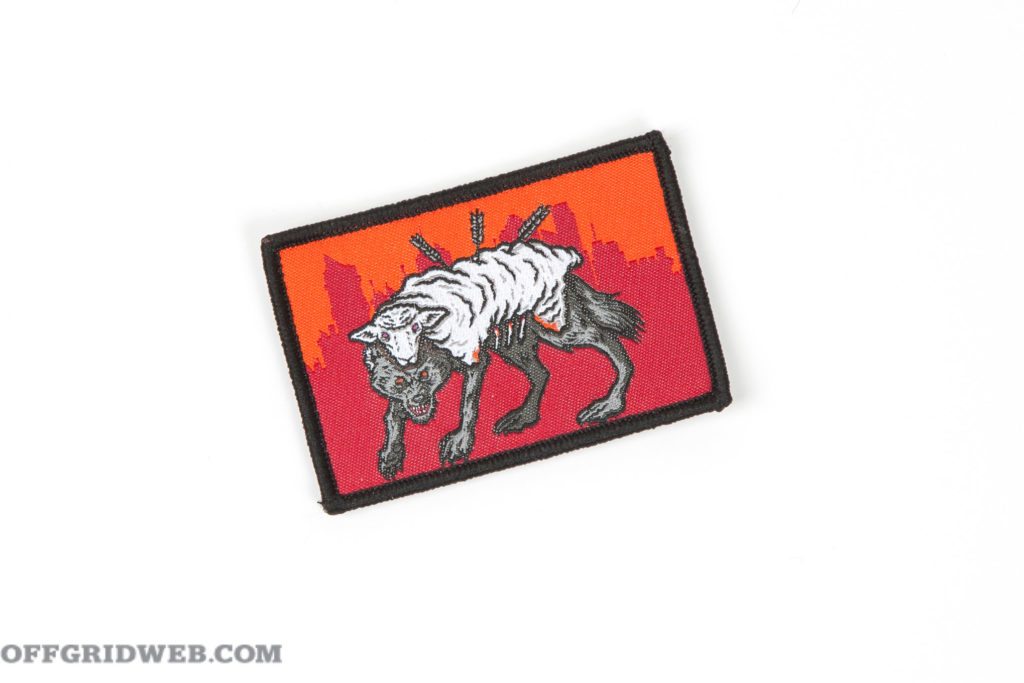
Calderon believes that the best warriors possess some characteristics common to liars, cheaters, and thieves but choose to use those skills for good. Although this Urban Movement class certainly pushed us out of our comfort zone, it also helped us develop a heightened sense of awareness and threat identification in urban areas. After all, it’s hard to scam someone who knows the playbook.
For more from Ed Calderon: www.edsmanifesto.com
[Editor’s Note: Photos by Niccole Marshall, Patrick McCarthy, and courtesy of Class Participants.]
More on Urban Survival
- Urban Survival Challenge: C-Note Shopping Spree
- Spy Week with a Former CIA Officer
- Inside the Killzone: Ed Calderon and Ernest Emerson Team Up to Teach Surviving the Killzone
- Ed Calderon on Kidnapping and Abduction Trends.
- Shanks and Sharp Edges from Ed Calderon’s Weaponology course.
- Improvised Weapons and DIY shivs.
Related Posts
The post The Art of Exploitation: Urban Movement and Urban Camo appeared first on RECOIL OFFGRID.


